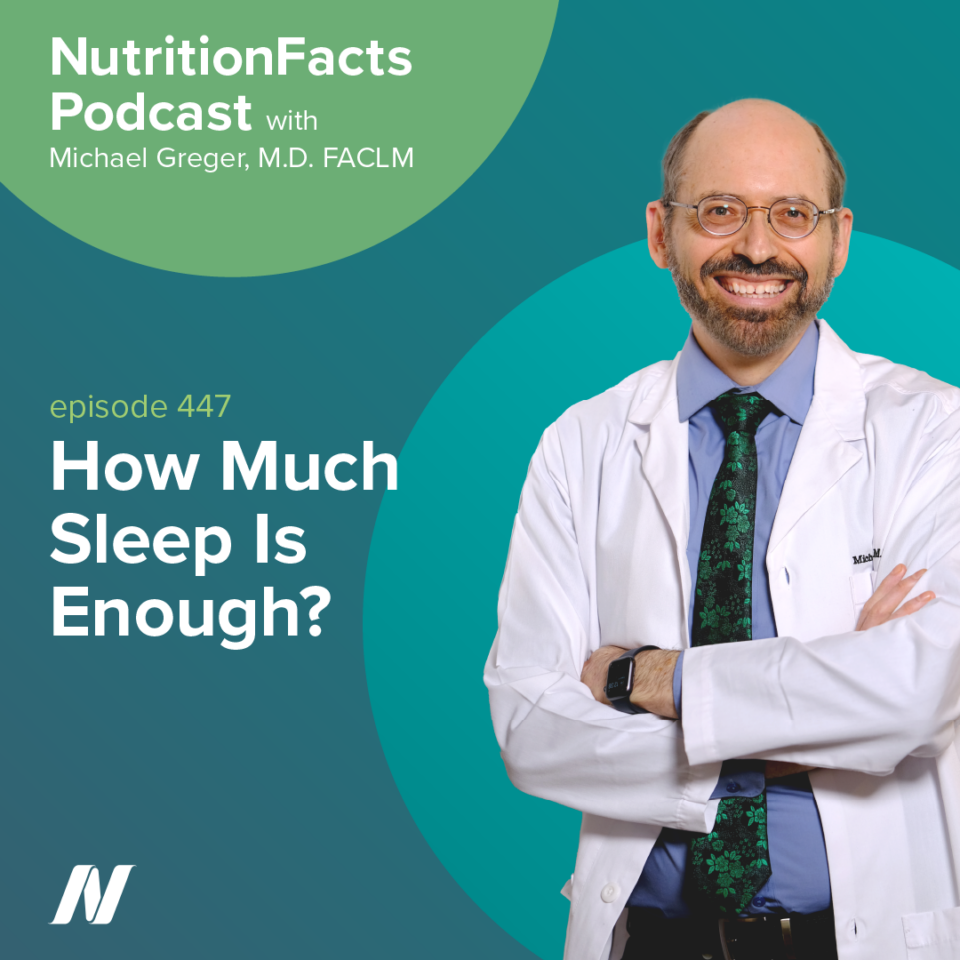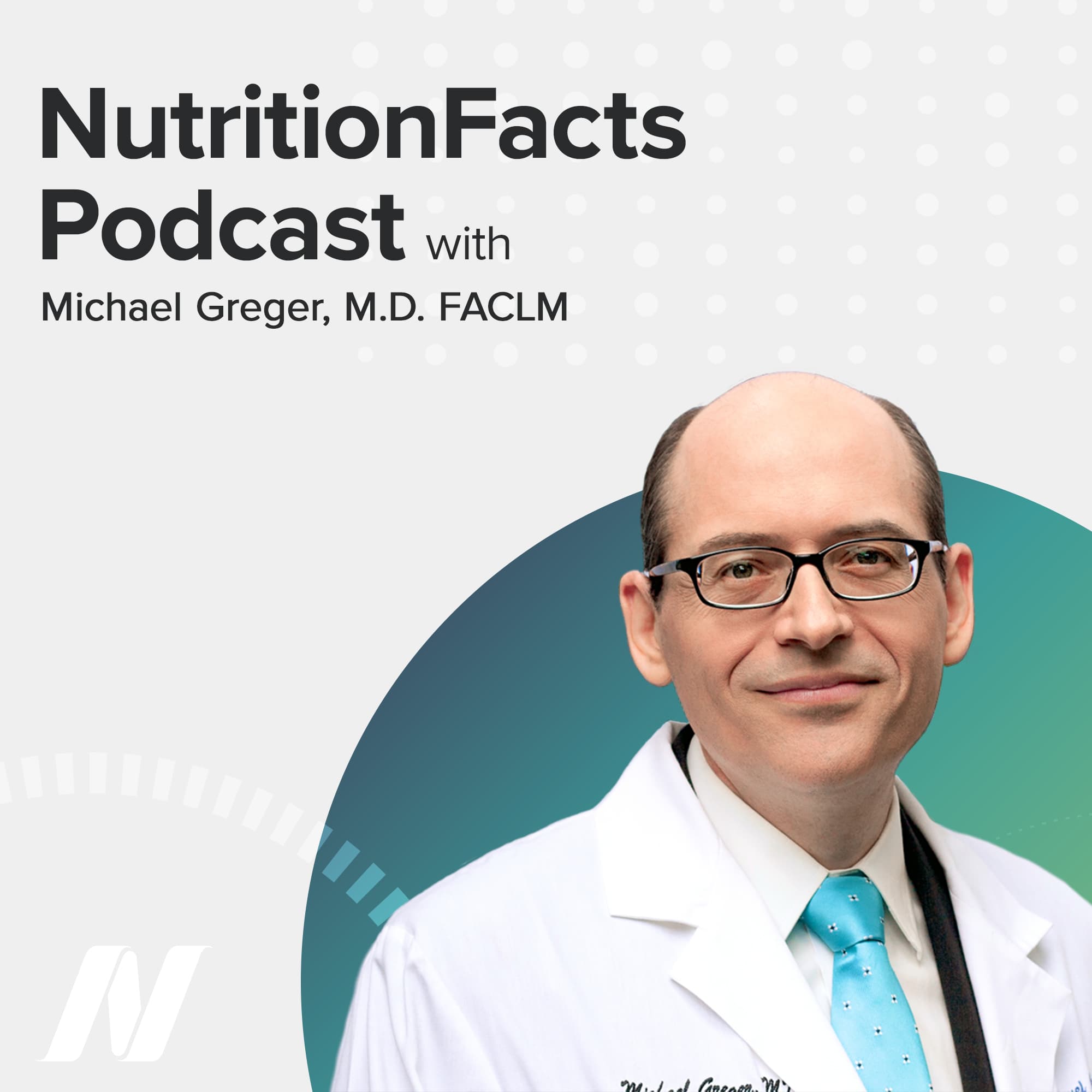Some experts recommend melatonin as a first-line agent to treat insomnia in older adults. The World Sleep Society disagrees due to its low efficacy. Subjectively, people report better sleep, though objectively a meta-analysis of studies found that melatonin only helped people get to sleep four minutes faster, and extend overall sleep duration by about 13 minutes.
If you do want to try melatonin to help with sleep, older adults are advised to use the smallest effective dose an hour before bedtime, starting perhaps at 0.3 mg. The 12 mg supplements on the market could produce levels in the bloodstream that can be 200 times higher than normal nightly levels, which raises safety concerns. After all, melatonin used to be known as the anti-gonad hormone, with human-equivalent doses of just a milligram or two reducing the size of sex organs, and impairing fertility in laboratory animals.
Furthermore, due to poor regulation of dietary supplements in the U.S., you never know what you’re going be getting. An analysis of 31 different brands of melatonin supplements found that the actual melatonin content varied up to nearly 500 percent compared to what was listed on the bottle. Even within a single brand, different lots of the same product suffered similar variability. Given that there is no guarantee of the strength or purity of melatonin supplements, many countries have banned over-the-counter melatonin, making it prescription-only so the authenticity could be ensured. U.S. citizens can get certified melatonin by sending a prescription to an online Canadian pharmacy (though it’s technically illegal), or can get melatonin from their diet.
Interestingly, the rise in melatonin blood levels or metabolites in the urine consistently exceeds the amount of melatonin that’s actually ingested in these foods. You can even get a spike in melatonin by eating fruit that doesn’t even appear to have any detectable melatonin at all. The answer to the puzzle may lie in the gut.
The first site outside the pineal gland where melatonin production was discovered was the human appendix. Although we now know melatonin can be produced throughout the body, the greatest accumulation appears to be in the gastrointestinal tract––estimated to contain more than 400 times more melatonin than the pineal gland. So, perhaps the consumption of certain foods can cause the release of some of this bounty into the bloodstream. This may be how magnesium supplements (500 mg a day for eight weeks) were able to improve sleep quality and quantity over placebo, given the effect was accompanied by a rise in melatonin levels.
What’s more intriguing are its purported anti-aging benefits. In addition to regulating sleep and our circadian rhythms (when properly timed, it can be used to treat jet lag), melatonin can have antioxidant and anti-inflammatory properties. However, secretion of melatonin appears to progressively decline with age, dropping as much as 70 percent between middle and older age. This has led some to speculate that “aging is a syndrome of relative melatonin deficiency resulting from the gradual failure of the pineal gland.”
A variety of age-related diseases, such as Alzheimer’s, are associated with particularly low levels of melatonin. But we have yet to determine if this is a cause or consequence of disease. Melatonin supplementation extends the lifespan of fruit flies, but shortens the lifespan of C. elegans. Mice, after having their pineal glands removed, appeared to age more rapidly. But when put to the test, melatonin prolonged survival of some strains of mice, but shortened the lives of others (by inducing cancer). So, are we more like New Zealand bIack mice or Bagg albino mice? Sometimes the same research group went on to publish opposite results, showing melatonin both increasing and decreasing lifespan. Not surprisingly, a meta-analysis found no overall effect when all of the mouse studies were considered together. In rats, melatonin significantly improved survival, but so did a melatonin-blocking drug.
In our next story we ask – is six hours of sleep – enough?
Conventional wisdom has it that that over the last 50 years, sleep duration has declined in parallel with the increasing prevalence of obesity––suggesting that an epidemic of sleep loss is associated with the epidemic of weight gain. Now, we have triple-digit streaming TV channels, smartphones, and tablets to keep us entertained well into the night. “The hurry and excitement of modern life is quite correctly held to be responsible for much of the insomnia,” concluded one medical journal editorial. But that was an editorial published in 1894! Are we really sleeping that much less?
Since 1905, sleep duration in children and adolescents has declined by a little over an hour a night. However, child labor wasn’t outlawed until 1938, though. And so, part of the explanation may be due to the exhaustion of sweating it out in the mines, farms, and factories in the early part of the last century. Since 1970, youth sleep duration has only declined about 15 minutes per night, and it’s not clear if sleep duration in adults has changed much at all. Based on 168 studies of objective measurements of sleep duration (instead of just self-report), sleep duration in adults—objective total sleep time—hasn’t changed much since 1960. Since 2003, average sleep duration in the United States may have even gone up.
Now, of course, just because we don’t have evidence that there’s been a growing epidemic of sleep deprivation doesn’t necessarily mean we’re getting enough sleep. Maybe we weren’t getting enough 50 years ago either, or since Edison’s lightbulbs, or since candles were invented 5,000 years ago. How might we determine the optimal sleep duration? One way would be to study millions of people, and see how many hours a night is associated with the longest lifespan.
Sleep is a great mystery. A trait shared across animal species, sleep must be of vital importance to survive natural selection pressures to eliminate such a vulnerable state. Indeed, cringe-worthy experiments have shown that keeping animals awake long enough is fatal within 11 to 32 days. One of the functions of sleep that has been elucidated in recent years is the clearance of toxic waste substances that build up during the day through a newly discovered drainage system in the brain. This could help explain why those who routinely get less than seven hours of sleep a night may be at increased risk of developing cognitive disorders, such as dementia. Even a single all-nighter can cause a significant increase in beta amyloid accumulation in critical brain areas, a gummy substance implicated in the development of Alzheimer’s disease.
The lowest risk for developing cognitive impairment was found for those getting seven to eight hours of sleep a night, which is the same optimal range found for diabetes risk, based on 36 studies following more than a million people. The increased risk associated with getting only six hours a night compared to seven or eight is comparable to the increase in diabetes risk linked to physical inactivity.
For death from all causes combined, there have been more than 50 studies following hundreds of thousands of people for up to 34 years. Sleeping too short and too long are both associated with cutting one’s life short, with the apparent sweet spot at seven hours a night. Seven hours may seem short, but that may actually be what’s natural for our species. Scientists studied three isolated pre-industrial societies across two continents, and found a surprising uniformity. Despite no electric lighting or gadgets, they stayed up until about three hours after sunset and then typically rose before dawn, accumulating about a solid 6 and a half hours of sleep out of about seven and a half hours in “bed.”
A mechanism by which excess sleep might be harmful remains elusive, and so the association between increased risk of death and disease and sleeping nine or more hours a night has largely been dismissed as implausible. Maybe it’s reverse causation—sickness leading to more time in bed, instead of vice-versa—or confounding factors, such as employment status. After all, who gets to sleep in? Those without a job to get to. However, there is experimental evidence showing negative health effects from insufficient sleep. So, in terms of sleeping in the sweet spot, aim for at least seven hours of regular sleep a day.
Finally today, we look at how one function of sleep is the clearance of toxic waste byproducts through a newly discovered drainage system in the brain.
Sleep is a great mystery. A trait shared across animal species, sleep must be of vital importance to survive natural selection pressures to eliminate such a vulnerable state. Indeed, cringeworthy experiments have shown that keeping animals awake long enough can be fatal within 11 to 32 days. It turns out “[s]leep is of the brain, by the brain and for the brain.” One function of sleep that has been elucidated in recent years is the clearance of toxic waste byproducts through a newly-discovered drainage system in the brain.
With the invention of the encephalogram (EEG) to measure brain wave activity, the scientific world was quickly disabused of the notion that sleep was a time of rest for the brain. During certain stages of sleep, there was brain-wide activity going on, but what was the brain actively doing? More than 2,000 years ago, Aristotle proposed that sleep helps the body clean the blood. Today, we know sleep may help the body clean the brain.
Until 2012, we thought that the brain was singular among organs for recycling nearly all of its own waste. It had to, since it was separated from the rest of the body by the blood-brain barrier. But the barrier that keeps toxins out of the brain presumably keeps toxins in. Then, in 2012, a brain-wide fluid transport network was discovered, termed the glymphatic system.
By microscopically tracking dye injected into the brains of mice, scientists discovered fluid-filled tunnels surrounding blood vessels in the brain. The pressure wave of arterial pulses with every heartbeat milks the fluid along before eventually draining into the cerebrospinal fluid surrounding the brain. What does this have to do with sleep? The whole system is only really active when sleeping; during wakefulness, these tunnels are clamped down, reducing glymphatic flow by 90 percent. The thought is the fluid shifts might interfere with targeted neurotransmitter chemical communication in the awake state. So, the biological need for sleep may reflect the need for the brain to enter into a state to filter out potentially neurotoxic waste products, like beta-amyloid, which is implicated in Alzheimer’s disease.
Perhaps this could help explain why those who routinely get fewer than seven hours of sleep a night are at increased risk of developing cognitive disorders, such as dementia. Randomizing individuals to have their sleep disrupted by a series of beeps administered through headphones in a sleep lab increases amyloid levels, whereas improving sleep, by treating sleep apnea patients with CPAP, for example, improves slow wave activity—deep sleep—and appears to lower amyloid levels. PET scans show even a single all-nighter can cause a significant increase in accumulation of beta-amyloid in critical brain areas.
The problem is that glymphatic brain filtration appears to decline with aging. Old mice only have 10 to 20 percent the glymphatic function of young mice. This could be due to a number of factors. As we age, we experience less of the deep, slow-wave sleep, the type of sleep during which brain waste clearance appears to be most active. Further contributing to the stagnancy, our arteries tend to stiffen as we age, reducing the pulsations that drive the glymphatic pump. That also offers one potential explanation as to why hypertension is tied to dementia. The thickening of artery walls with high blood pressure also has a stiffening effect.

 Previous Podcast
Previous Podcast Next Podcast
Next Podcast